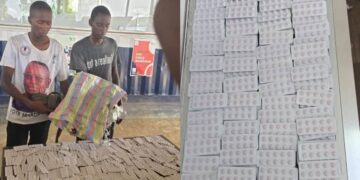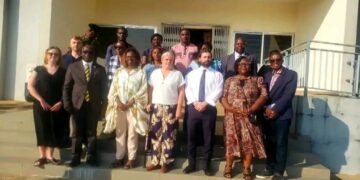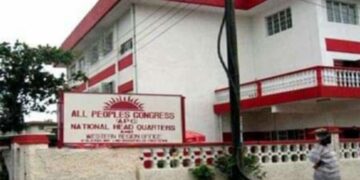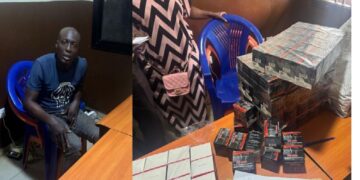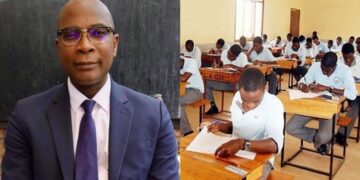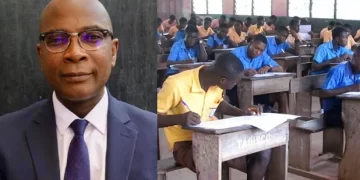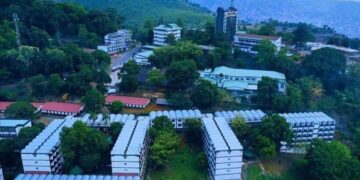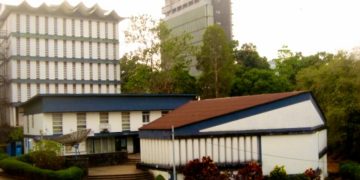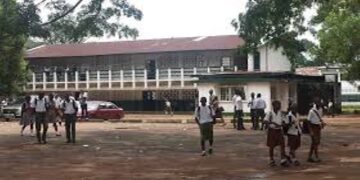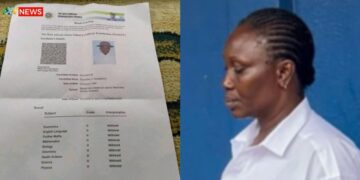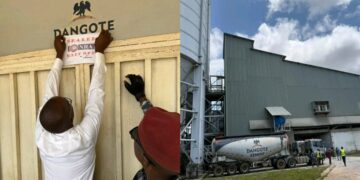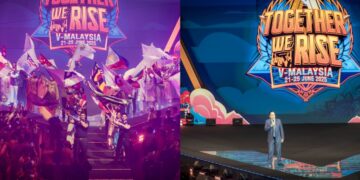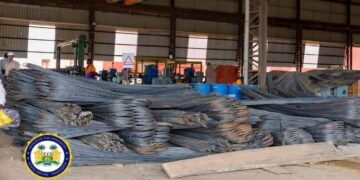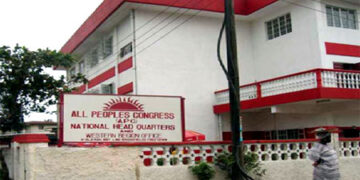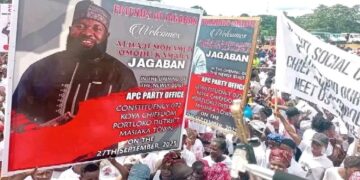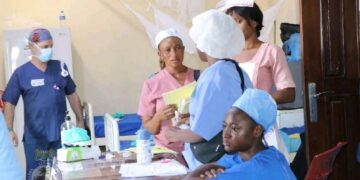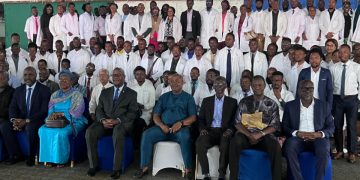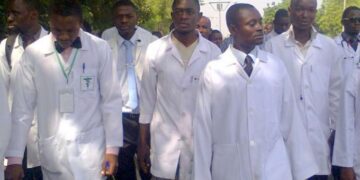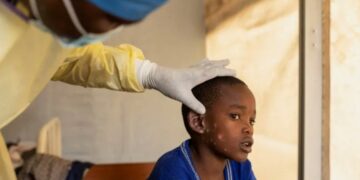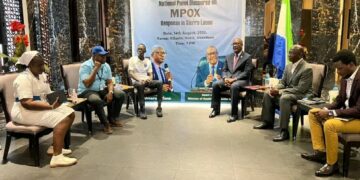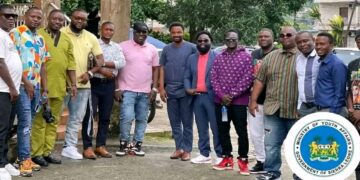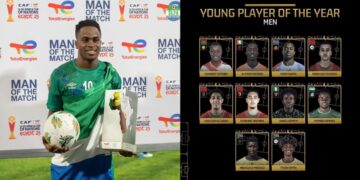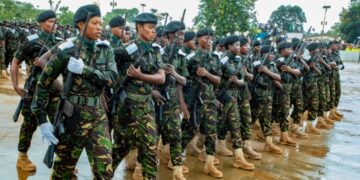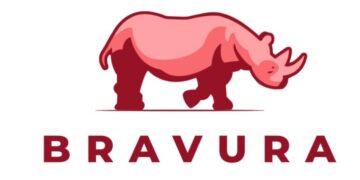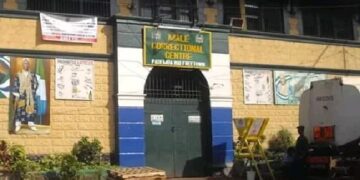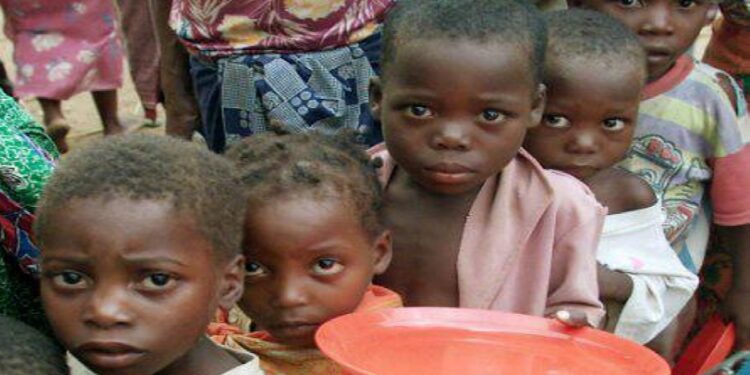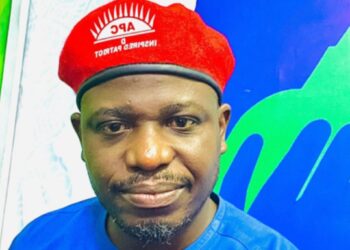By Dr. Doma
It is difficult to make sense of a country where farming is called a “flagship program,” yet hunger keeps tightening its grip on the people who farm the land. That is the painful irony facing Sierra Leone today.
According to the latest World Food Programme (WFP) evaluation, 82 percent of Sierra Leonean households are food insecure, up from 53 percent just a few years ago.
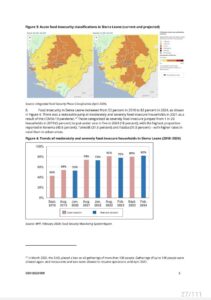
That means eight out of every ten families struggle daily to find enough to eat. For nearly one in five households the situation is desperate they are living with severe food insecurity.
This is not the story of a famine or war.
It is the story of an everyday crisis of rising prices, low crop yields, poor storage, bad roads and dreams that don’t reach the soil.
It is also the story of farmers who plant but cannot prosper and children who go to bed hungry in a country said to have one of the most fertile lands in West Africa.
The numbers are heartbreaking.
Malnutrition is rising again, with 26 percent of children stunted and over half of women and children suffering from anaemia.
In many homes, meals are cut to one or two a day. People are eating less and less of what their bodies need.
This is especially worrying because agriculture remains the backbone of Sierra Leone’s economy, contributing more than half of the country’s GDP and employing almost half the population.
Yet only a small fraction of the land is cultivated. Three-quarters of our land is farmable but less than ten percent is actually farmed.
Women who make up the bulk of the farm labour force still struggle for land, credit and fair prices for their crops.
The government’s “Feed Salone” initiative was meant to change all that to make farming a business and make the country food secure.
But so far it seems the policy lives more in the papers than in the fields. The gap between plans and people’s plates keeps widening.
Food imports continue to rise while local farmers remain trapped in poverty.
The WFP report did not mince words: despite all the policies and donor support, food insecurity in Sierra Leone is worsening at an alarming rate.
The hardest-hit districts Kenema, Tonkolili and Falaba are the same areas that should be feeding the rest of the country.
What this means is simple: if agriculture is truly to be our flagship, it must not only grow crops but also feed the people.
That requires a bold rethink supporting smallholder farmers with tools and markets, reducing post-harvest losses, fixing rural roads and investing in climate-smart farming.
Most of all, it means treating food security as a human right, not a project. Because a nation that cannot feed itself cannot truly claim to be developing.
Until that happens, the slogan “Feed Salone” will remain just that a slogan while the majority of Sierra Leoneans continue to go hungry on their own fertile soil.


